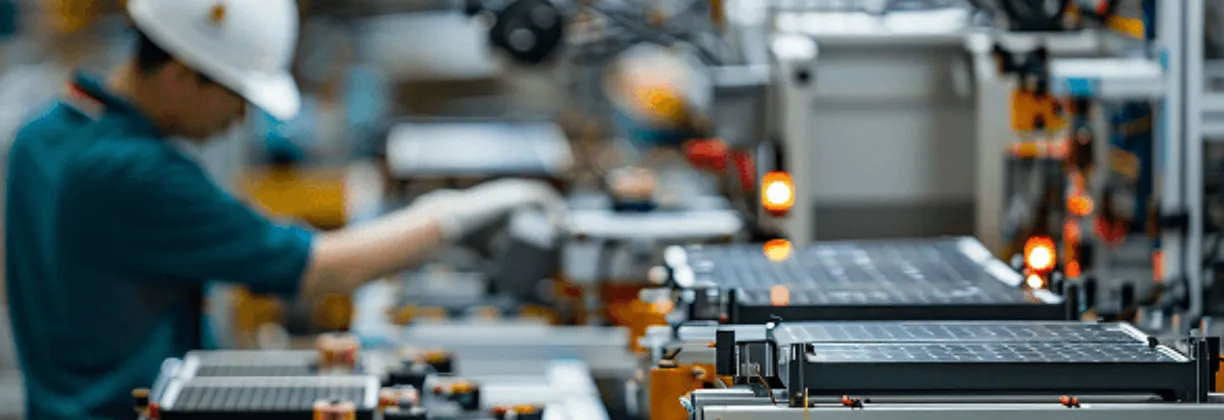© Elevate Controls 2025 All Rights Reserved.
26 February 2025 by Elevate Controls
The role of smart programmable automation controllers

26 February 2025 by Elevate Controls

The evolution of intelligent hardware, edge computing, and real-time data acquisition has thrust industrial automation into an era where greater system flexibility has put the role of programmable logic controllers (PLCs) under the spotlight. PLCs have been the beasts of burden for industrial control systems; however, as environments become more demanding and applications more complex, their capabilities are tested. PACs or Programmable Automation Controllers are quickly filling the gap, and this article looks at how they differ from PLCs and when they should be considered as the foundation for a control architecture.
Think of a PAC as the next generation. It is an industrial controller that combines @ the reliability and ruggedness of a PLC, with the processing power, task flexibility, and enhanced data handling capabilities of a PC.
PACs were introduced to address the growing needs for multi-domain control (Logic, motion, process), high speed data acquisition, real time decision making and advanced communication and networking protocols.
In practical terms, PACs support modular I/O, multitasking, floating-point operations, and often come with open software environments for complex control algorithms, data logging, diagnostics, and integration with higher-level systems like MES.
A PAC might look like a high-end PLC, but its architecture is fundamentally different. The table below illustrates the contrasts.
| Feature | Traditional PLC | Programmable Automation Controller (PAC) |
|---|---|---|
| Architecture | Ladder-logic-based, scan cycle | Multitasking, modular, open software architecture |
| Programming Environment | Ladder Logic (IEC 61131-3) | C/C++, LabVIEW, Structured Text, Flowcharting |
| Data Handling | Limited memory, simple variables | Advanced data types, arrays, file logging, trending |
| Scalability | Limited expansion, fixed function | Modular I/O, scalable performance and networking |
| Communications | Basic industrial protocols | Ethernet, OPC UA, Modbus, CAN, TCP/IP, MQTT |
| Applications | Discrete manufacturing, basic control | Real-time control, motion, process, embedded automation |
PLCs remain the controller of choice for solutions involving repetitive execution of simple logic tasks based on point analog and digital IO.
Let us examine some scenarios where a PAC is the obvious solution.
PACs signal a shift in industrial control from rigid logic programming to intelligent, data-driven automation. For engineers tackling complex systems, hybrid domains, or high-performance control requirements, PACs offer the flexibility, power, and integration that contemporary projects require.
Elevate Controls has extensive experience and expertise. We integrate NI CompactRIO hardware, LabVIEW Real-Time and FPGA development environments, and other PAC-class solutions, delivering scalable, reliable, and intelligent automation platforms.
Our solutions leverage industry-leading platforms, including National Instruments hardware and software, ensuring reliability, scalability, and faultless integration with your existing infrastructure.
We partner with clients throughout the entire project lifecycle—from proof of concept to system development, deployment, and long-term support— with the added flexibility to integrate at any phase of your project.
Elevate Controls helps businesses accelerate innovation while optimising performance and cost.
Contact us today to discuss your specific requirements and discover how Elevate Controls drives efficiency, accuracy, and competitive advantage in your operations.
Quick Links
Contact Us
© Elevate Controls 2025 All Rights Reserved.